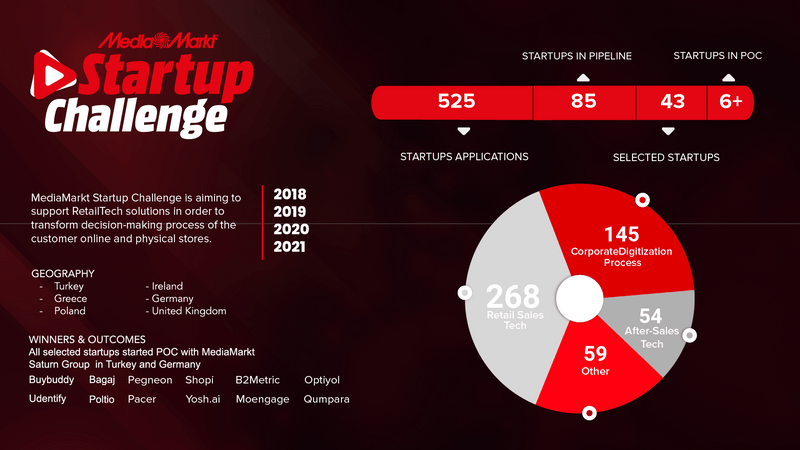Why Packaging Is More Than Just a Box
Product packaging has become a critical part of branding and customer experience, especially for small businesses trying to stand out in competitive markets. It’s not just a way to wrap and protect your product—it’s your first impression, your brand story, and sometimes even your sales tool. In today’s highly visual and experience-driven consumer culture, attractive and functional packaging can turn a first-time buyer into a loyal customer.
Understanding the Core Functions of Packaging
Understanding the basic functions of packaging is the first step in making informed decisions. Packaging needs to perform several tasks: it should protect the product during shipping and handling, provide information like ingredients or usage instructions, reflect your brand identity, and appeal to your target audience. Good packaging design also influences buyer psychology—it can make your product look more valuable, trustworthy, and memorable.
Choosing the Right Packaging Materials
For small businesses, selecting the right packaging material depends on product type, budget, and environmental impact. Cardboard boxes, kraft paper, compostable mailers, and recycled plastics are widely used due to their affordability and sustainability. The rise in eco-conscious consumer behavior has made biodegradable and recyclable packaging a necessity. Choosing the right material helps ensure the product arrives safely while also reflecting a responsible brand image.
How to Design Packaging That Sells
Design is where packaging turns into branding. Your packaging should reflect your logo, color scheme, font style, and overall aesthetic. Keep it consistent with your website, product, and social media visuals. Clean, minimalistic packaging often works well for modern brands, while bold, colorful designs might appeal to younger audiences. Tools like Canva or Adobe Express can help small businesses create eye-catching designs without needing a professional designer.
Smart Budgeting for Cost-Effective Packaging
Cost is always a consideration for small business owners. To manage packaging expenses, it’s smart to start small and scale as you grow. Instead of custom printed boxes, begin with plain boxes and add personalized stickers, stamps, or printed tissue paper. Buying in bulk, using lightweight materials to reduce shipping costs, and working with local suppliers are practical ways to manage costs without compromising on branding.
The Rise of Sustainable Packaging in 2025
Sustainable packaging is more than a trend—it’s becoming standard practice. In 2025, most consumers prefer products that come in recyclable, compostable, or reusable packaging. As a small business, you can take advantage of this by using eco-friendly fillers, paper-based materials, soy-based inks, and by promoting your green efforts right on the package. Even a short message like “100% recyclable packaging” adds value and builds customer trust.
Packaging for E-commerce Success
If your business sells online, the packaging must be optimized for shipping. It should be durable, tamper-proof, and compact enough to reduce dimensional shipping costs. At the same time, don’t ignore the unboxing experience—branded inner wraps, thank-you cards, or QR codes that link to a message or discount can enhance customer engagement and encourage social sharing. An unforgettable unboxing can turn ordinary customers into loyal brand advocates.
Don’t Overlook Legal and Labeling Requirements
Labeling is also a crucial part of packaging. Depending on your product category, you may be legally required to include details such as ingredients, allergens, expiration dates, usage instructions, barcodes, and safety warnings. Inconsistent or missing labels can not only lead to fines but also damage your credibility. It’s essential for small business owners to research the compliance standards for their niche and apply them properly across all packaging materials.
Gathering Feedback to Improve Packaging
Testing and feedback are essential to fine-tune your packaging strategy. After launching, ask your customers about their experience. Was the product safely delivered? Was the packaging easy to open? Did it reflect quality and professionalism? Collecting feedback via emails, surveys, or online reviews can help you improve over time. Keeping track of return rates due to packaging damage or design flaws is also helpful for continuous improvement.
Innovative Touches That Build Brand Loyalty
Finally, innovation is what can make your brand unforgettable. Even with a small budget, you can try creative touches like hand-written notes, limited-edition packaging during festivals, or QR codes linking to behind-the-scenes videos. These personal touches add emotional value to the customer experience. In the long run, thoughtful packaging doesn’t just protect your product—it builds a connection between you and your customer that’s worth far more.
Conclusion
Product packaging is a strategic tool for small businesses that want to create lasting impressions, deliver a premium customer experience, and build long-term loyalty. With careful planning, material selection, design alignment, and cost control, even a small startup can compete with established brands. As trends lean heavily toward sustainability, personalization, and e-commerce optimization, investing in smart packaging solutions is not just wise—it’s necessary for growth in 2025 and beyond.







